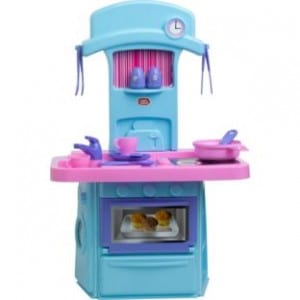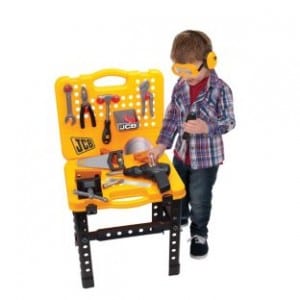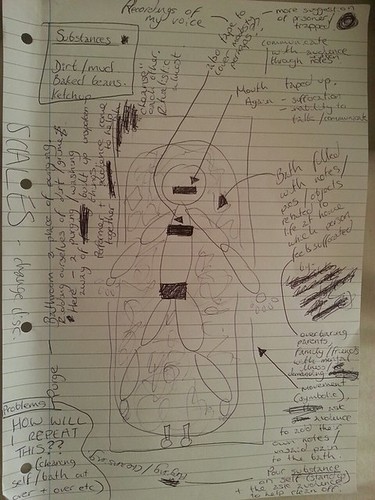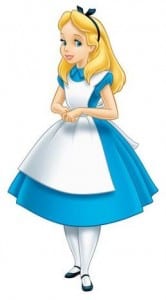“Installation art actively engaged with the experience of the human perception, which tested its limits and expanded its possibilities” ((Oliveira, Nicolas de, Nicola Oxley and Micheal Petry (2003) Installation Art in the New Millennium, London:Thames & Hudson, Ltd., p. 6.)).
Mixing Installation Art and a live performance. Can they be argued to be intertwined?
 |
 |
|
| Borofoky, Jonathan (2000), ‘Dream Drawings (1971-87)’ in Susan Hiller Dream Machines, London: Hayward Gallery Publishing, p. not paginated. | Shankie, John (2000), ‘Go To Sleep (1995)’ in Susan Hiller Dream Machines, London: Hayward Gallery Publishing, p. N.P. | |
Robert Storr states that “the experience they provide is much like wandering onstage and picking up loose pages from a script, overhearing bits of recorded dialogue and trying to figure out what the setting is…and what actions might still be taken” ((Oliveira, Nicolas de, Nicola Oxley and Micheal Petry (2003) Installation Art in the New Millennium, London:Thames & Hudson, Ltd., pp. 17-18.)). If we create an installation performance, rather than a simple piece of tangible art, we are hoping it will have the same effect; two separate, yet intricately combined performances happening simultaneously, yet only one audience member is directly engaged with one of two performances, creating a sense of anticipation, wondering what will happen next, and with who the performance will engage with.
If our bodies become a piece of installation art work, this would change the dynamic of the performance – rather than simply having the audience members as passive onlookers, we turn them into active voyeurs who have the option to give a ‘physical’ addition to the performance. To frame this within the work of an existing performance artist, Marina Abramović has created this audience-performer interaction, but rather than choosing to limit the audiences’ involvement, and therefore their effect on her, she gave them free reign, something which we are keen to limit. Abramović stated after her performance of Rhythm 0 (1974) she realised that “…the public can kill you. If you give them total freedom, they will become frenzied enough to kill you” ((Abramović in Sean O’Hagan (2010) ‘Interview: Marina Abramovic’, The Guardian/The Observer, Online: http://www.guardian.co.uk/artanddesign/2010/oct/03/interview-marina-abramovic-performance-artist (accessed 01st March 2013).)).
“Rather than only “touching with the eyes” [we] arrive at seeing through a sense of touch” ((Hiller, Susan (2006) Susan Hiller: Recall. Selected Works 1969-2004, ed. James Lingwood, Gateshead: Baltic, p. 17)) implies that physical contact is essential is really ‘seeing’ the performance, rather than simply observing. To leave your mark on the performance as an audience member whilst also taking something personal away for the experience. Allowing the audience to touch you as a performer is a very intimate act, especially with all the connotations of the bedroom, but for the performance to be ‘seen’ rather than simply viewed, I think that is it essential that the audience must leave their trace in the space, while also taking some of the performance away with them.
“The immersive space remains fundamentally an experimental and sentient place, though it is also a means of escaping our everyday conditions” ((Oliveira, Nicolas de, Nicola Oxley and Micheal Petry (2003) Installation Art in the New Millennium, London: Thames & Hudson, Ltd., p. 53.)).
While exposing the audience to something which is usually witnessed behind closed doors, we are creating a fully immersive space; a space which holds its own realities, rules and atmosphere. By surrounding the audience in a fully fledged experience, this will allow them to temporarily escape from their everyday conditions, but hopefully allow them to leave our created world in a changed state, with an experience which they will hopefully remember. Be it either through some traumatic experience, or one of pure safety and comfort.
When you were younger your cupboard was home to a monster or two. Under your bed held the Boogie Man. And your bed protected you, kept you safe. Your night light or landing light also made you feel safe.
Yes?
What happens if we expose those ‘monsters’ hiding in cupboard and the inherent fears that something is lurking under the bed and bring them to light in such a way that you are unable to escape them? Susan Hiller argues that “I think we have enough mysterious darkness within ourselves and our own culture to be getting on with” ((Hiller, Susan (2000) Dream Machines, London: Hayward Gallery Publishing, p. N.P.)), implying that we don’t need to show the darkness which dwells within; to leave the grotesque at home and not to solidify it in art. However, I think this give us more justification to stage the grotesque and hidden secrets. For people to face their “mysterious darkness”, we must show the subconscious and the usually hidden fantasies unashamedly in order to evoke a reaction from the audience. Whether it be fear, disgust, admiration or even arousal.



